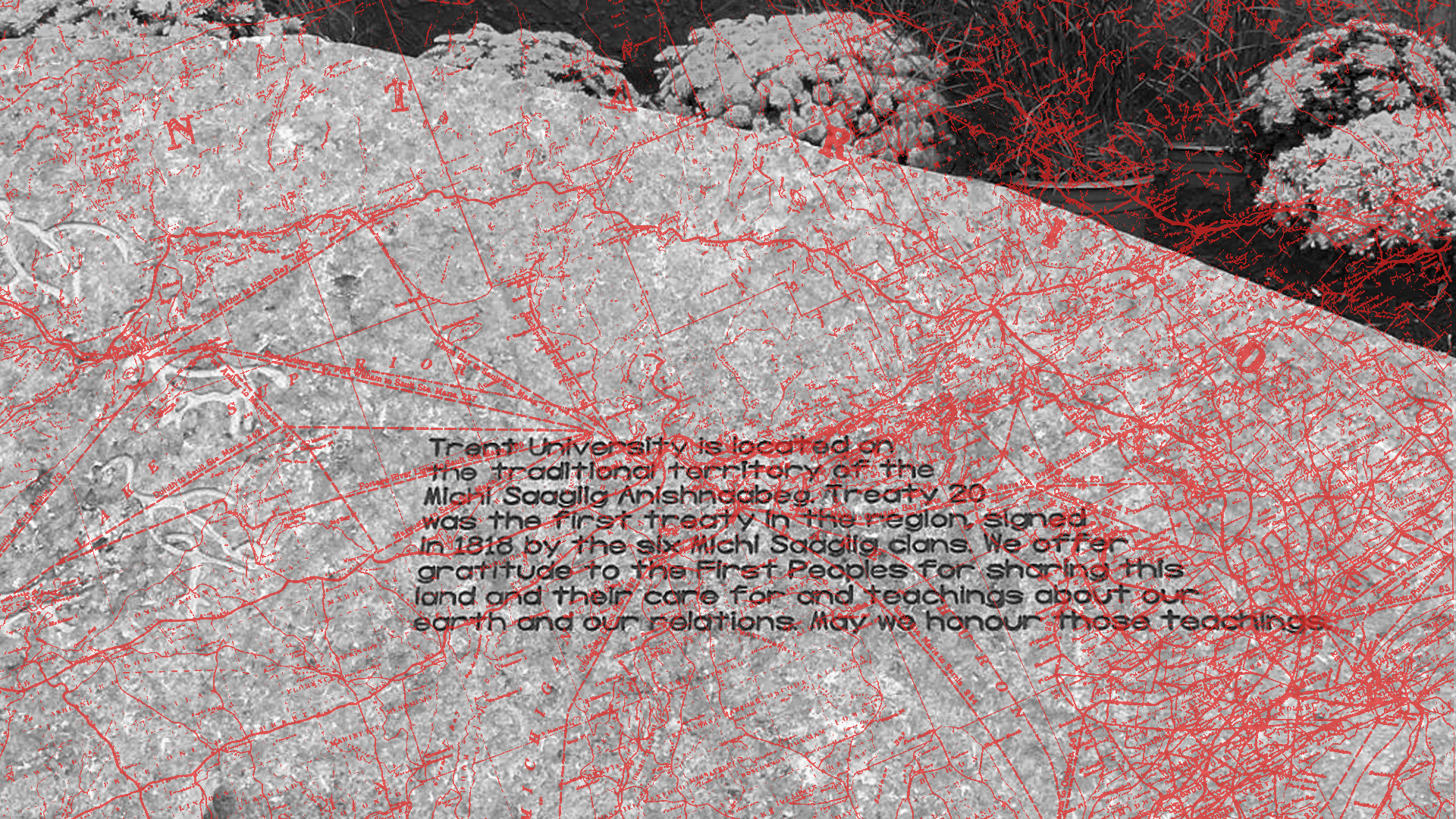Many Peterboroughians don't have to think about public transit. This was made clear at the April 19 Special General Committee meeting where it was reported that in 2006 87% of citywide trips involved a car. This is projected to decrease to 83% by 2031. This leaves out at least 17% of the population who don’t rely on cars for a variety of reasons; perhaps they are unable to drive, wish to reduce their personal climate emissions, or maybe they are unable to afford trips by car.
Despite the fact that Peterborough declared a climate emergency on September 23, 2020, recent decisions during city council’s General Committee July meetings demonstrate that the climate emergency and public consultation are not being taken seriously, and that the council is divided on these topics.
According to the Canadian government’s reporting on its greenhouse gas inventory, transportation accounts for 30% of Greenhouse gas emissions nationally. This means that local action should be taken in the transportation sector to address climate change.
On July 12 there was a presentation from IBI Group, a consultant who highlighted the proposed route changes and recommendations from the Transit Work Review study they had commissioned. The presentation highlighted aspects of Peterborough’s transit system compared with similar municipalities, such as: better service provided per resident, ridership per resident, ridership per service hour and lower operating costs in comparison. However, among the significant issues highlighted were operating speed on bus routes, including limited routes meeting industry standards of 22 km/hour, a 40-minute bus schedule that was unique among similar municipalities, and a decline in users except among students. Out of 12 routes only route 9, Nicholls Park, met industry standards prior to COVID-19. This is a result of growing destinations outside of the downtown and urbanization in the boundary of the city.
In addition, IBI Group noted that “[the] downtown terminal is over capacity and results in reduced reliability, limited-service frequency and operational challenges.” The consultants revealed that public consultation listed the top priority of residents in 2019 was reducing travel time and increasing frequency.
The route systems IBI Group looked at to address issues of the pre-pandemic transit system included a grid system, a radial system (this was in place pre-2020) and a multi-hub system.
One of the drawbacks of the radial system was that it could not serve new markets [developments] effectively and was reliant on the downtown terminal which had crowding issues.
The multi-hub system would have had more service duplications and was not better than the grid system at addressing issues at the terminal which includes crowding.
The grid system could improve frequency and improve capacity issues while the existing radial system pre-pandemic could not.
Only two of the six recommendations City staff made were originally approved including receiving a presentation by IBI Group and an on-demand pilot program that were designed to address overcrowding and service.
Councilor Gary Baldwin asked if there is a difference between 30-minute service and 40-minute service and suggested that this was a basic level of service.
Two Councilors and Peterborough's Mayor expressed disappointment over Twitter on July 12.
Councilor Kim Zippel:
“Tonight @CityPtbo voted to run our buses back to the last century. Limiting the growth of transit limits economic growth and our ability to address the climate crisis. So frustrating!”
Councilor Kemi Akapo:
“Ptbo Residents, I hope you're paying attention to what just happened at General Committee re: the future of Transit in our community.”
Wendy Walker, President of the Trent Central Student Association emailed a statement which stated that she was very disappointed in Council’s decision and that “this decision was made with only monetary values in mind and without considering the city's partnership with its post-secondary institutions.” Wendy Walker continued by raising concerns about overcrowding on buses at the terminal and that Trent University would be cut off from the rest of the city.
When asked on Facebook, local activist Margaret Slavin said:
“We need to establish an improved grid bus transit system, backed up by the on-call service or by expanded Handivan service for the most vulnerable. Once the bus system is 1) quick and 2) convenient, the old riders will come back and the essential new riders will give it a try.” Slavin went on to say that “...a grid bus system is, in and of itself, an environmental measure, even if the buses aren't electric.”
Joesph Gentile said “As a student who relies heavily upon public transit in Peterborough city, I find council’s decision to not fund these changes concerning especially this year as we’re just weaving our way out of a global pandemic and students want to feel comfortable riding public transit again... the long term benefits of increased ridership and decreased risk of disease transmission far outweigh those of initial costs...”
At the July 26 Council meeting, over 30 citizens had registered to speak. There were charged moments before Councilor Riel was stopped from entering a debate with Wendy Walker who advocated for a grid system along with several other residents. However, some presenters were upset about changes to the bus system and said it did not work for them due to accessibility and increased travel times and confusion. The system currently in place as a result of the pandemic resembles a grid system.
When council returned after a recess due to the meeting going past midnight prior to a debate, they reversed their original decision for a bus route. (The new route would be implemented in 2022) and to not purchase diesel busses. Reporting to evaluate the new system was also added. Additional funding for increasing frequency of routes remained rejected despite it being identified as a key factor in successfully reducing the wait between busses. Without increased funding there is a risk that ridership won’t increase among non-students.
Councilors opposed to increased funding for busses referenced financial costs and pointed out that ridership was declining among all groups outside students. In addition to repeating complaints about the confusion of bus routes, Councilor Riel repeated that the current system is a grid system, even after staff pointed out it is a hybrid system (with reduced service due to the pandemic).
On another transit issue Council did not change its mind on investing a greater amount towards bike lanes. Councilor Akapo wanted the city to invest in 160 km of bike lanes throughout the city instead of the 80km which was approved, as it was “low hanging fruit” in reducing climate emissions and would demonstrate climate action. Councilor Pappas referenced monetary concerns and claimed to not want to set false expectations. Councilor Zippel pointed out that the 160km option was recommended by the Peterborough Environmental Advisory Committee and that 16,500 tonnes of CO2 would be saved compared with 9,350 Tonnes for the 80km option.
I interviewed Jean Greig, Program Manager at B!KE: Peterborough’s Community Bike Shop and Member of the Peterborough Bicycle Advisory Committee.
Jean Greig said that climate change isn’t the only reason why moving faster [on bike lanes] is important. There are equitable issues, such as health, lack of transit options but, climate change is most dire. While Jean Greig said that B!KE is supportive of increased bike infrastructure and that the city is moving in the right direction, there was concern about the commitment to the cycling community going forward. She also said that there are funding opportunities from the Federal Government which would make the 160km option possible with a 20 year lead time.
Changes are coming to transit. By using the bus and bike lanes individuals can encourage politicians to make further investments and avoid cut backs, while also reducing their carbon footprint. As demonstrated with buses, communication with politicians can also make a difference. Improvements to infrastructure are being made, even if incremental. But in an emergency, medium action isn’t best.


.png)

.jpg)





.jpg)


.jpg)





.JPG)





.png)